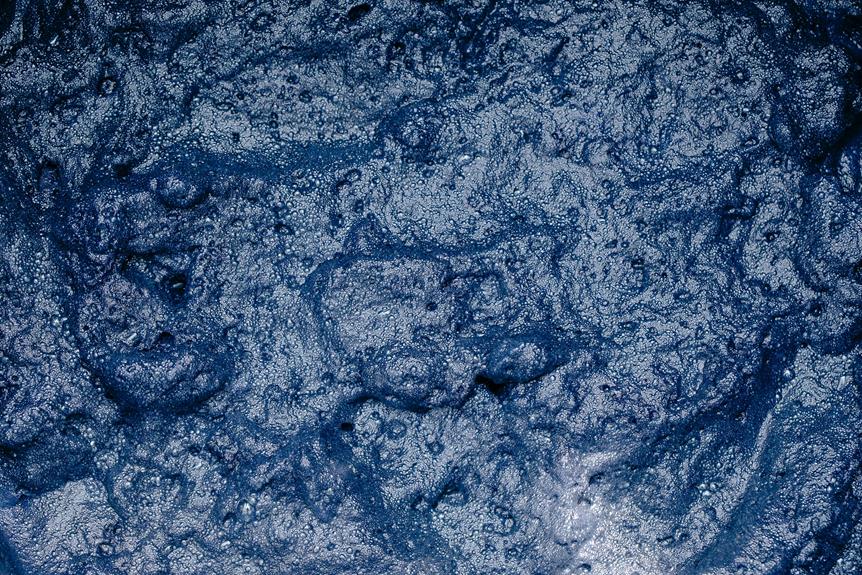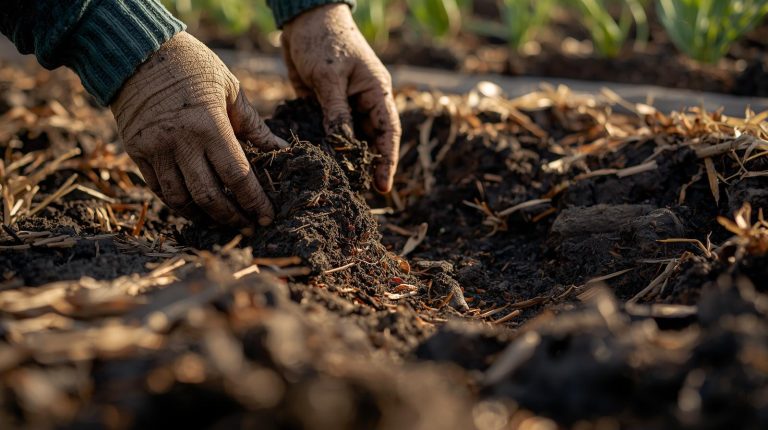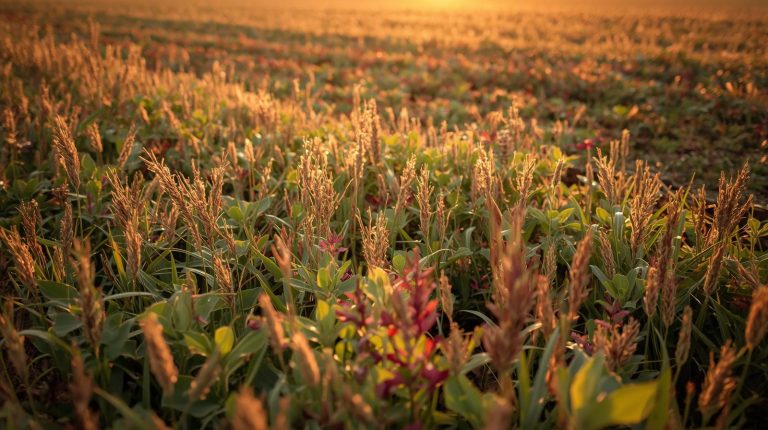Are you ready to join us on a journey towards water conservation? In this article, we will explore the permaculture techniques that have proven to be the most effective in preserving this precious resource.
From rainwater harvesting to mulching, drip irrigation to swales and contouring, and even greywater recycling, we will guide you through practical methods that not only save water but also foster a sense of belonging to a community dedicated to a sustainable future.
Let’s dive in together!
Rainwater Harvesting
One of the most effective ways to conserve water in permaculture is by implementing rainwater harvesting techniques. By utilizing rooftop collection and storage tanks, we can efficiently collect and store rainwater for various purposes.
Rooftop collection involves directing rainwater from rooftops into gutters and downspouts, which then lead to storage tanks. These storage tanks are essential for storing and preserving rainwater for later use. They come in various sizes and materials, including plastic, concrete, or metal.
The collected rainwater can be used for irrigation, watering plants, or even for household purposes such as flushing toilets or washing clothes. Implementing rainwater harvesting not only helps conserve water but also reduces the demand on municipal water supplies. It’s a practical and sustainable solution that allows us to make the most of this precious resource.
Mulching
To further maximize water conservation in permaculture, we can implement the technique of mulching. Mulching offers several benefits that help retain moisture in the soil and reduce water evaporation. Here are three types of mulch materials that can be used:
- Organic Mulch: This type of mulch is made from natural materials such as straw, wood chips, or leaves. It helps improve soil fertility, retains moisture, and prevents weed growth.
- Inorganic Mulch: Inorganic mulches include materials like gravel, rocks, or black plastic. They’re effective in reducing weed growth and conserving water by preventing evaporation.
- Living Mulch: This involves planting low-growing ground covers or perennial plants that act as a living mulch. They provide shade, reduce soil erosion, and help retain moisture.
Drip Irrigation
Drip irrigation is a water-saving technique commonly used in permaculture systems. It’s an efficient watering method that conserves water by delivering it directly to the plant’s root zone. The system consists of a network of tubes with small holes or emitters that release water slowly and steadily. This allows plants to absorb the water more effectively, reducing evaporation and runoff.
Drip irrigation is especially beneficial in water conservation techniques as it minimizes water waste and ensures that plants receive the right amount of moisture. By providing water directly to the plants’ roots, it also helps prevent weed growth and reduces the risk of diseases caused by wet foliage.
Swales and Contouring
Now let’s explore another effective water conservation technique that complements drip irrigation: swales and contouring.
Swales are shallow ditches built on the contour of the land to capture and direct rainwater, while contouring refers to shaping the landscape to follow the natural contours of the land.
Here are three reasons why swales and contouring are essential in earthworks and landscape design:
- Water retention: Swales and contouring slow down the flow of water, allowing it to infiltrate the soil and be absorbed by plants. This helps to recharge groundwater and prevent erosion.
- Increased plant growth: By storing water in the landscape, swales and contouring provide a consistent water supply to plants, promoting their growth and resilience.
- Flood prevention: Swales and contouring redirect excess water away from areas prone to flooding, preventing damage and protecting property.
When incorporated into landscape design, swales and contouring can significantly conserve water, enhance biodiversity, and create a harmonious and functional environment.
Greywater Recycling
While greywater recycling may not be as well-known as other water conservation techniques, it offers significant benefits in reducing water waste and promoting sustainable practices.
Greywater refers to the wastewater generated from household activities such as washing dishes, laundry, and bathing. Instead of letting this water go to waste, greywater recycling involves treating and reusing it for non-potable purposes like irrigation or toilet flushing.
Greywater treatment systems can range from simple, low-cost setups to more advanced systems that use filters and disinfection methods.
Not only does greywater recycling reduce the strain on freshwater sources, but it also helps to minimize the pollution of rivers and other water bodies.
Conclusion
In conclusion, implementing permaculture techniques such as rainwater harvesting, mulching, drip irrigation, swales and contouring, and greywater recycling can significantly conserve water.
Did you know that by using drip irrigation, water usage can be reduced by up to 50% compared to traditional sprinkler systems?
By adopting these practices, we can conserve water resources, promote sustainable agriculture, and contribute to a greener future.




